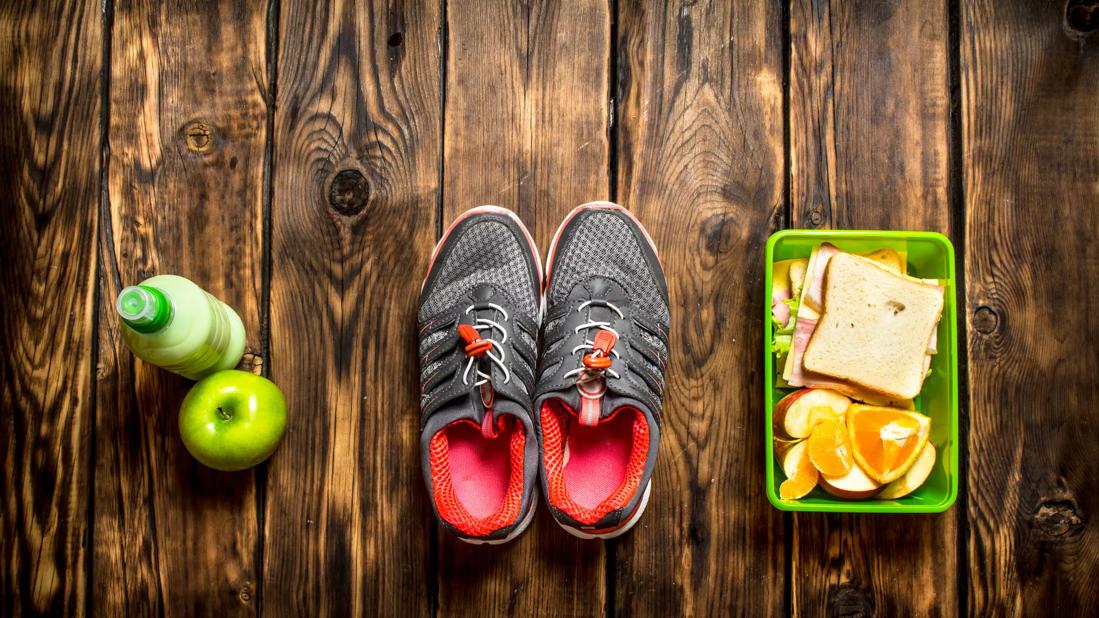When to start post-meal workouts if you have diabetes

If you have diabetes, you’re always fighting to keep blood sugar under control. Here’s a way to dial up your efforts: Consider the timing of your workouts after meals.
Advertisement
Cleveland Clinic is a non-profit academic medical center. Advertising on our site helps support our mission. We do not endorse non-Cleveland Clinic products or services. Policy
Exercising soon after eating has positive effects on blood sugar, says endocrinologist Betul Hatipoglu, MD.
Another plus? Doing this can cut your risk of heart disease.
How soon after meals? This can vary by the person. Here’s how to tell when it’s best for you.
Glucose levels hit their peak within 90 minutes of a meal, according to a 2017 study published by the journal Frontiers in Endocrinology.
Those with type 2 diabetes are supposed to keep levels at 160 mg/dl within two hours of a meal.
Because exercising reduces blood glucose concentrations, it’s a good idea to start exercising about 30 minutes after the beginning of a meal, researchers concluded.
While this is a solid guideline, it can vary for different people. Read on to find out how to ensure you’re in the safe zone for exercise.
Before you begin your workout, start by measuring your blood sugar, Dr. Hatipoglu says.
When you initiate exercise, your body releases stress hormones, which can briefly raise your blood sugar.
If you have diabetes and your body doesn’t manage blood sugar well, it can increase too much during the first half hour of exercise before it begins to lower.
“If you start exercising with very high blood sugar, it might be dangerous,” she says. “You might need to wait for it to go down a bit before starting your workout.”
Advertisement
She offers four tips for ensuring that your glucose levels are safe for exercise:
The American Diabetes Association recommends about 150 minutes of moderate exercise or 75 minutes of rigorous exercise weekly.
Exercise does two things for those who have type 2 diabetes, says Dr. Hatipoglu.
First, your muscles need energy to work. To feed them, your body burns sugar as an energy source, lowering the glucose levels in your blood.
Second, when you exercise regularly, it helps your body use insulin more efficiently. This can lower your blood sugar levels for up to 12 hours after you exercise.
Also, keeping blood sugar low on a regular basis can dramatically reduce your risk of heart disease, Dr. Hatipoglu says.
Every person reacts a little differently to exercise, so she recommends tracking your blood sugar levels for four to five hours after post-meal exercise to see what your trend is. This can help you determine if your levels are healthy or drop too much.
This is particularly important if you exercise in the evening.
“Especially after dinner, you need to know what your body will do when you exercise,” she says. “If you go to bed and glucose drops it can create a dangerous clinical situation.”
Exercising after a meal is a good way to reduce blood glucose levels and lower your risk of complications from diabetes, including heart disease.
But, before starting or changing your exercise regimen, talk with your doctor to determine what is best for you.
Advertisement
Learn more about our editorial process.
Advertisement

Activities like swimming, cycling and rowing can get your heart pumping without stressing your joints

Low-intensity interval training, or LIIT, offers numerous benefits and less wear and tear

Weightlifting and other types of resistance training bring many health benefits

Getting stronger, feeling better and staying active isn’t just possible — it’s doable

Focus on eating more whole grains, lean proteins, fruits and vegetables, and fewer processed foods and saturated fats

Cramps can creep up if your shoes are too tight, you’re dehydrated or you have poor circulation

The order of your workout matters when it comes to reaching fitness goals

A consistent exercise routine can bring you positive results from head to toe

If you’re feeling short of breath, sleep can be tough — propping yourself up or sleeping on your side may help

If you fear the unknown or find yourself needing reassurance often, you may identify with this attachment style

If you’re looking to boost your gut health, it’s better to get fiber from whole foods